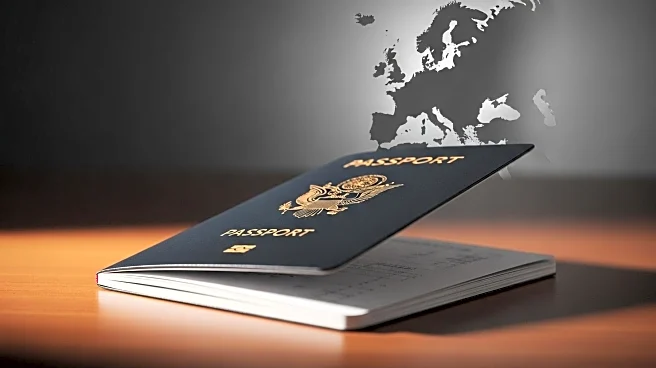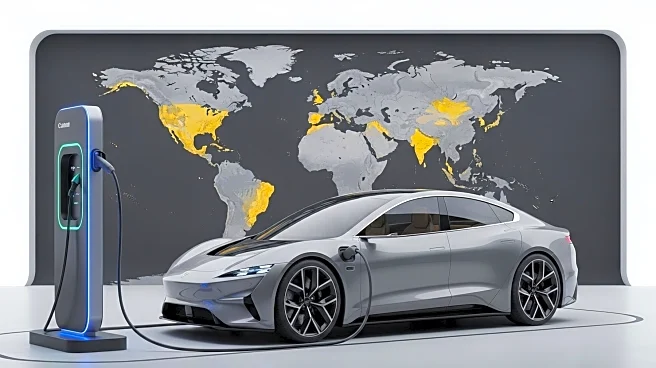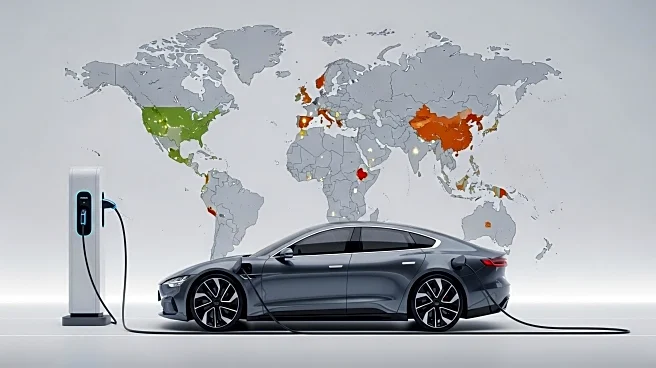What's Happening?
The European Union has launched a new entry-exit system (EES) requiring non-EU citizens to register their biometric information, including facial photographs and fingerprints, at the border before entering the Schengen area. This system, effective from October 12, aims to modernize and streamline border control processes. The UK, now outside the EU post-Brexit, is among the countries affected, with travelers needing to complete these formalities at airports, crossings, or ports. The implementation has led to significant investments in infrastructure by operators like Eurostar, Eurotunnel, and the Port of Dover, who have had to adapt their facilities to accommodate the new requirements. The system is being phased in over several months to mitigate potential disruptions.
Why It's Important?
The introduction of the EES is significant as it represents a major shift in how the EU manages its borders, particularly affecting travelers from non-EU countries, including the UK. This change could impact travel times and logistics, potentially causing delays and requiring travelers to adjust their plans. The system aims to enhance security and streamline entry processes, but it also poses challenges for operators who must ensure readiness to avoid congestion. The phased rollout and the EU's concessions indicate a cautious approach to avoid significant disruptions, especially for frequent travelers and tourists, which are vital for the economy.
What's Next?
As the EES is rolled out, operators will continue to adapt their processes, with Eurostar and Eurotunnel initially focusing on coach passengers and freight. The full implementation will be monitored closely, with the EU allowing a six-month introductory period and an additional 90 days to scale back if necessary. This period will be crucial for assessing the system's impact on travel efficiency and border security. Stakeholders, including travel operators and government agencies, will need to collaborate to address any issues that arise and ensure a smooth transition.












